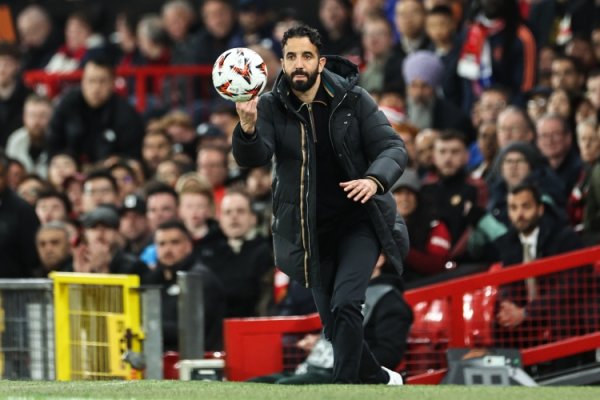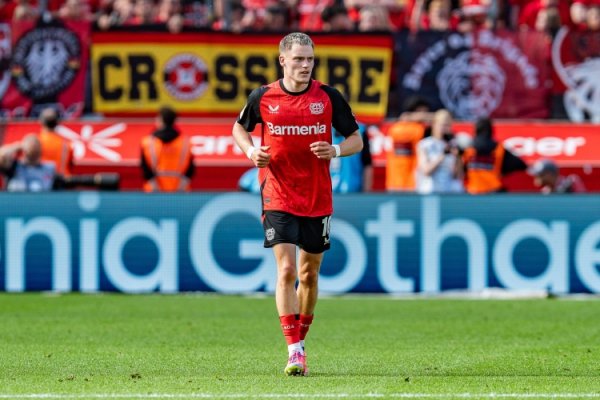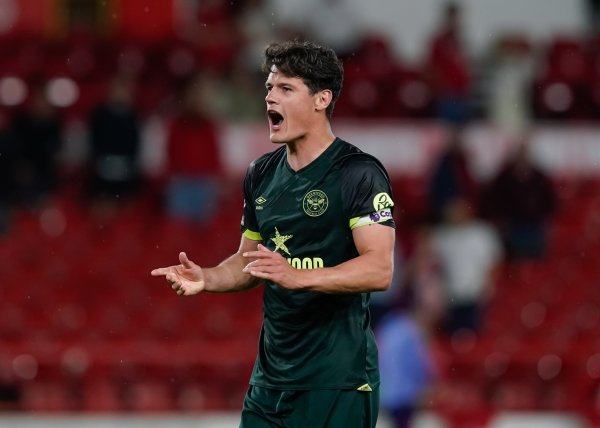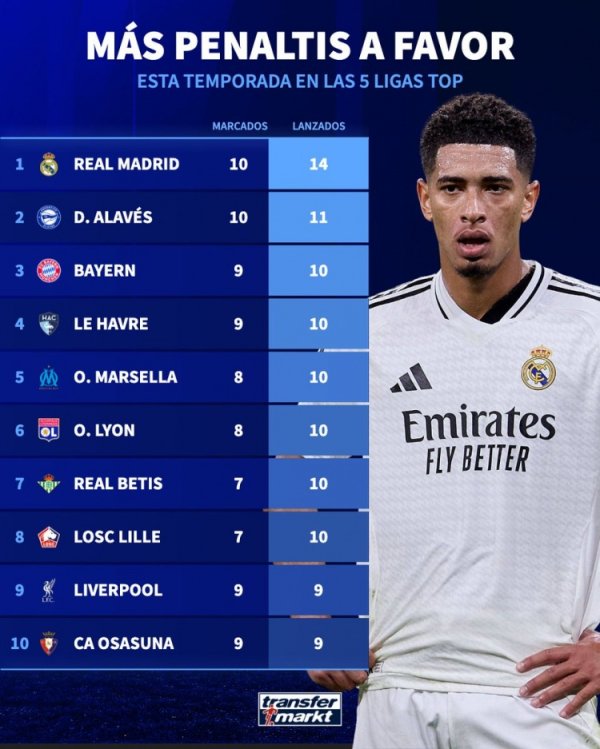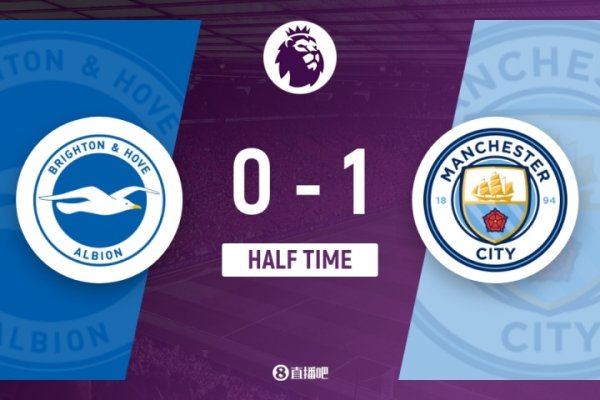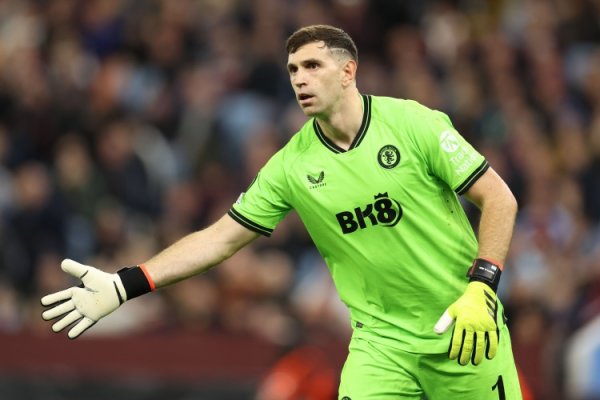Why is Manchester United still rich to buy people? TA: Losses are still in controllable range, and players are expected to be sold

Poor record, missed European competition, layoffs and cost reduction... Five months ago, Ratcliff also claimed that if Manchester United does not cut spending, the club will go bankrupt. Against this background, people think that Manchester United will act in a low-key manner this summer transfer window, but this is not the case. The team not only spent 130 million pounds to sign Cunya and Mbemo, but frequently appeared in hot transfer discussions, but is currently close to signing Sesco from Leipzig for more than 70 million pounds. Chris Weatherspoon, a soccer finance expert at The Athletic, took the opportunity to analyze Manchester United's financial situation.
Cunha's signing is confirmed before the end of the fiscal year on June 30, which also means that the 71.3 million pounds required to introduce him will be included in the accounts for the fiscal year 2024-25. Adding to the transfer expenses of 272.1 million pounds as of March 31, Manchester United's total spending on player registration last season reached an astonishing 343.5 million pounds, the third highest in English football history. It should be noted that transfer fees will be amortized over the player’s contract period, so although Manchester United’s lineup costs have increased by more than 300 million, spending in fiscal 2024-25 will continue to have an impact in the coming years.
Manchester United has spent more than 200 million pounds on introducing new players in the past three seasons, while relatively little money has been recovered through the sale of players. Last season, Manchester United earned £66.3 million by selling players, the second highest player sales revenue in the past decade, but they still set a net spending record of £277 million. However, evaluating a club's spending capacity mainly involves two aspects: one is the principle of profit and sustainability (PSR), and the other is the holding or acquisition of actual cash.
As we have learned before, Manchester United's PSR dilemma seems not as serious as expected, partly because the club's PSR calculations are based on the financial results of Red Football Limited, thus eliminating some large costs that are not part of the scope of football activities. Although the specific figures have not been announced yet, according to TA's estimates, Manchester United may lose 141 million pounds in the 2024-25 season, but will not violate the PSR rules. The dramatic decline in broadcast revenue was offset by increased commercial revenue and game-day revenue. Despite a significant reduction in wage expenditure, Manchester United may still suffer losses, but losses within three years are still within controllable range.
There are also some factors that can help Manchester United reduce or at least control the club's losses in the 2025-26 season. For example, although Rashford's departure did not bring transfer fees, it will save 14 million pounds in salary expenditure this season. Although Manchester United has not sold any players yet, they have earned more than £20 million from the second transfer share of AFY, Ilanga and Oyedler. In addition, Chelsea did not buy out Sancho, so they paid Manchester United £5 million. But if Sancho fails to be sold this summer, Manchester United will have to bear his full salary.
However, past spending may catch up with them in other ways. Manchester United's net transfer debt, i.e. installments owed to other clubs, have increased sharply in recent years, from less than 100 million pounds in June 2021 to 308.9 million pounds at the end of March this year. Now that Cunya and Mbemo have signed, the transfer debt has further pushed up. Although installments allow Manchester United to still have funds to use this summer, they will have to pay a transfer fee of £175.5 million in the next three years. It is worth mentioning that Manchester United tried to pay Cunha’s transfer fee in five years, but in the end it could only be divided into three years, which shows that the club needs to be cautious in terms of cash flow.
In addition, Manchester United has recently invested in infrastructure, which further compressed the club's cash flow. As of the end of March, Manchester United's cash balance was 73.2 million pounds, including 238.5 million pounds of equity injected by Ratcliffe. While this number is quite considerable for most clubs, for clubs of Manchester United, there are still a lot of bills to be paid. Manchester United has long held a revolving line of credit (RCF) to assist with daily liquidity management. However, they did not start to use these quotas until the impact of the epidemic emerged. Surprisingly, Manchester United paid back £50 million in existing RCF loans at the end of April. In a sense, this provides additional room for Manchester United to borrow this summer. The actual impact of layoffs and other cost reduction measures on cash flow is also worth paying attention to, although these savings may be just a drop in the bucket compared to high-paying players. Manchester United also predicts that the adjusted EBITDA (profit before interest, taxes, depreciation and amortization) in 2024-25 will reach between 180 million and 190 million pounds, a significant increase from 147.7 million pounds in 2023-24. Despite this, players are expected to be sold both inside and outside the club. Garnacho and Anthony are considered the most likely sale targets to bring considerable income to Manchester United this summer.
At the same time, Cesco's arrival increased the possibility of Hoylen leaving the team. Hoylen's initial transfer fee when joining Atlanta was £64 million, plus brokerage fees and transfer taxes, his current book value is £43 million. Although players expressed their desire to stay, Manchester United considered selling it for £30m, which would record an eight-digit loss when PSR calculations, but could still bring some useful cash.




